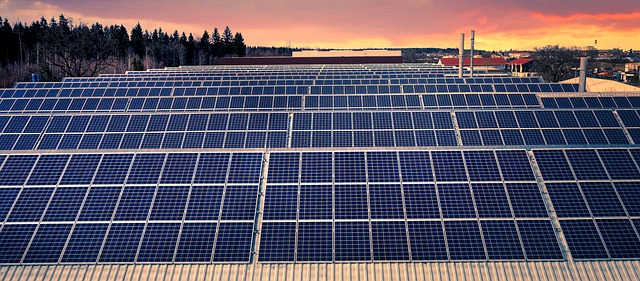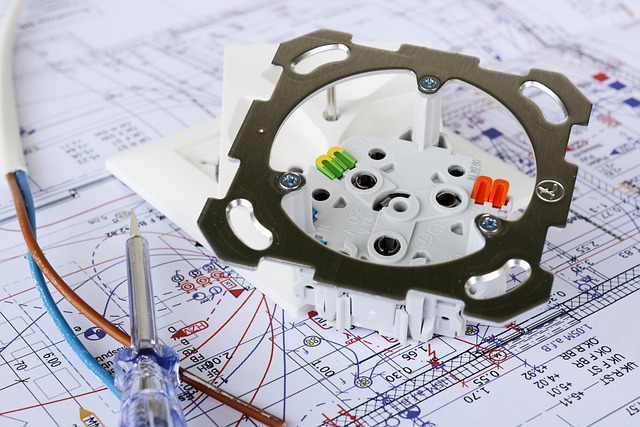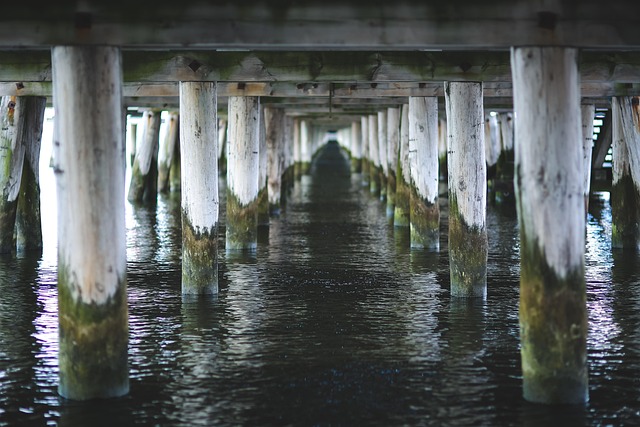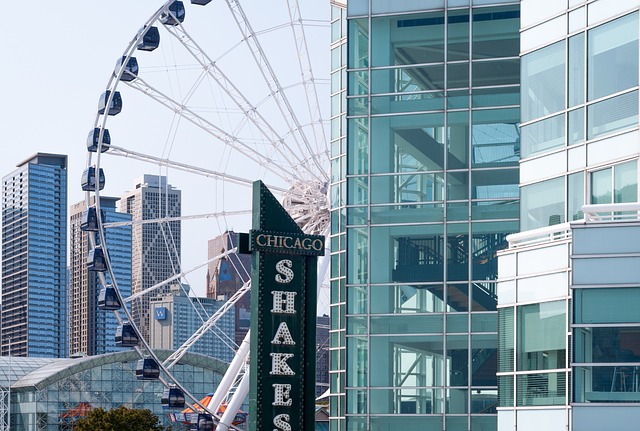Pier Installation is a professional solution for foundation issues caused by soil conditions and moisture changes, addressing uneven settling and ensuring structural integrity. This process involves adding support piers beneath the foundation to redistribute weight and prevent further damage, particularly beneficial for older homes or structures on unstable soils. With various pier types (concrete, steel, helical) chosen based on soil conditions, load demands, and aesthetics, pier installation offers stability, minimizes movement, and reduces disruption during installation. A meticulous assessment using advanced tools is crucial, followed by strategic hole digging and precise pier placement to connect with the existing foundation. While effective, it faces limitations like extensive excavation and high costs, requiring creative solutions for unique properties. Pier Installation has proven successful in urban areas, demonstrating versatility and efficiency in complex projects.
“Foundation and Structural Leveling: Unlocking Stable Bases for Lasting Structures. This comprehensive guide delves into the heart of structural integrity, focusing on pier installation as a powerful solution for leveling foundations. From understanding foundation issues to exploring various pier types, this article provides valuable insights. Learn about assessment methods, step-by-step installation processes, and successful case studies. Discover the benefits and limitations of foundation leveling techniques, empowering you with knowledge to navigate complex structural challenges, ensuring longevity and stability.”
Understanding Foundation Issues and Their Impact

Foundation issues can significantly impact a structure’s stability and longevity. One common problem is uneven settling, which occurs due to soil conditions or changes in moisture levels. This can lead to cracks in walls, floors, and foundations, affecting both structural integrity and aesthetics. For instance, a house built on expansive clay soils may experience heave (upward movement) during dry periods and settlement when the soil absorbs water.
These issues often require professional intervention, with Pier Installation being a popular solution. By installing additional support piers beneath the foundation, experts can redistribute the weight of the structure, preventing further damage. This method is particularly effective for older homes or those built on unstable soils, ensuring the building remains level and secure for years to come.
The Role of Pier Installation in Structural Leveling

In foundation and structural leveling projects, pier installation plays a pivotal role in stabilizing and raising existing structures. This process involves the strategic placement of support columns or piers beneath the building’s footprint to provide additional bearing capacity and distribute weight evenly. By installing piers, experts can address issues like settling, uneven floors, or structural damage, ensuring the building’s integrity and longevity.
The technique is particularly useful for older structures or those built on soft soil. Piering offers a robust solution by increasing the building’s overall stability and reducing movement over time. This method allows for minimal disruption during installation, making it an efficient and effective way to achieve structural leveling without extensive demolition or reconstruction.
Types of Piers: Concrete, Steel, and More

When it comes to foundation and structural leveling, pier installation plays a vital role in stabilizing and reinforcing existing structures. The type of pier chosen largely depends on factors like soil conditions, load requirements, and aesthetic considerations. Concrete piers are a popular choice due to their durability and cost-effectiveness. They’re particularly suitable for areas with stable soil, offering a strong and reliable foundation for various structures.
In contrast, steel piers provide a more flexible and adaptable option, ideal for challenging soil conditions or when structural adjustments are needed over time. Their high strength-to-weight ratio allows for easier installation and the potential for vertical adjustment during the process. Additionally, helical piers, driven into the ground like a screw, are versatile and effective in various terrains, making them suitable for both residential and commercial pier installation projects.
Assessment and Planning for Effective Leveling Solutions

When it comes to foundation and structural leveling, a thorough assessment is paramount to selecting effective solutions. This involves meticulous inspection of the property, identifying key issues like settlement gaps, uneven floors, or sloping sites. Professionals use advanced techniques such as laser levels, total stations, and ground penetration radar (GPR) to map the site accurately. This data aids in planning precise interventions, ensuring that each solution addresses specific problems.
Planning for effective leveling often involves strategic methods like pier installation. Piers, typically made of concrete or steel, are driven deep into the soil to provide support for uneven structures. By assessing soil composition and load-bearing capacity, experts determine the optimal placement and type of piers needed. This proactive approach not only levels the structure but also enhances its stability and longevity, preventing future costly repairs.
Step-by-Step Process of Pier Placement

The process of pier placement for structural leveling involves several precise steps. Initially, a site evaluation is conducted to assess the soil conditions and determine the appropriate type and depth of piers required. This includes identifying potential load-bearing capacities and any specific challenges posed by the terrain.
Next, holes are carefully dug at strategic locations along the foundation. These holes are designed to accommodate the pier’s dimensions, ensuring a secure fit. Once the holes are prepared, steel piers are installed, often using hydraulic equipment for precise positioning. The piers are then connected to the existing foundation through advanced mechanical or welding techniques, providing additional support. This step-by-step approach guarantees a robust and stable solution for leveling structures, addressing any issues related to uneven foundations.
Benefits and Limitations of Foundation Leveling Techniques

Foundation leveling techniques offer several advantages for structures with uneven bases or settling issues. One popular method, pier installation, involves adding support columns beneath the foundation to distribute weight evenly and stabilize the structure. This process is particularly beneficial for older buildings, as it can mitigate damage caused by settlement, preventing further structural deterioration. By reinforcing the foundation, these techniques enhance the overall integrity of the building, ensuring its longevity.
However, pier installation has limitations. It requires significant excavation and construction work, which can be disruptive and costly. The process is also site-specific, as the depth and type of piers needed depend on various factors like soil conditions and existing structure. Moreover, for properties with limited space or unique architectural designs, incorporating pier Installation might prove challenging, necessitating creative solutions or alternative leveling methods.
Case Studies: Successful Pier Installation Projects

In recent years, Pier Installation has emerged as a game-changer in foundation and structural leveling projects. Case studies from various parts of the globe highlight the success of this technique in addressing challenging terrain and unstable soil conditions. For instance, in urban settings where space is limited, pier installations have allowed for the construction of robust foundations without disrupting existing infrastructure, showcasing their versatility and efficiency.
These case studies demonstrate the effectiveness of pier installation in mitigating settlement issues, enhancing building stability, and extending the lifespan of structures. By providing a secure base that bypasses weak soil layers, piers ensure that buildings are constructed on solid ground, preventing costly repairs and structural damage over time. This has led to increased confidence among architects, engineers, and developers in adopting this innovative approach for complex construction projects.
